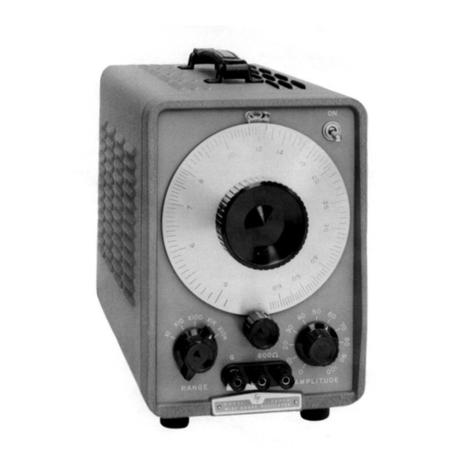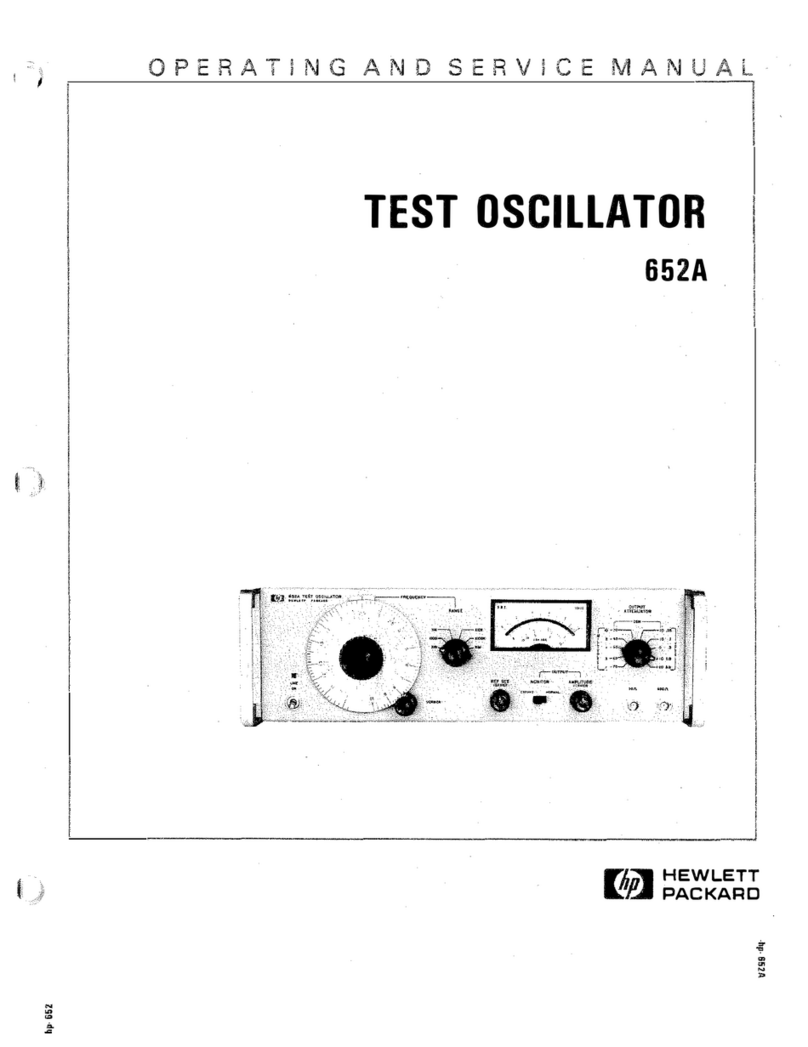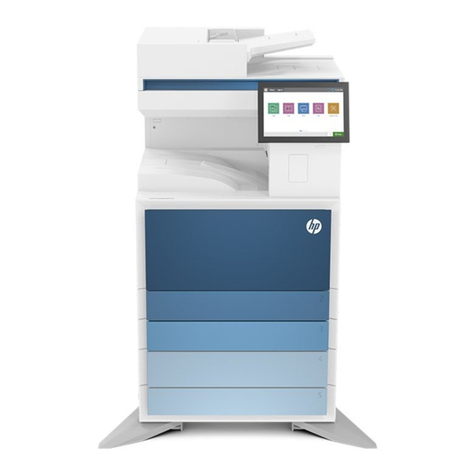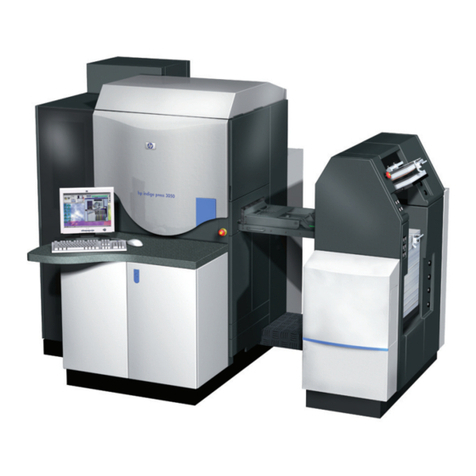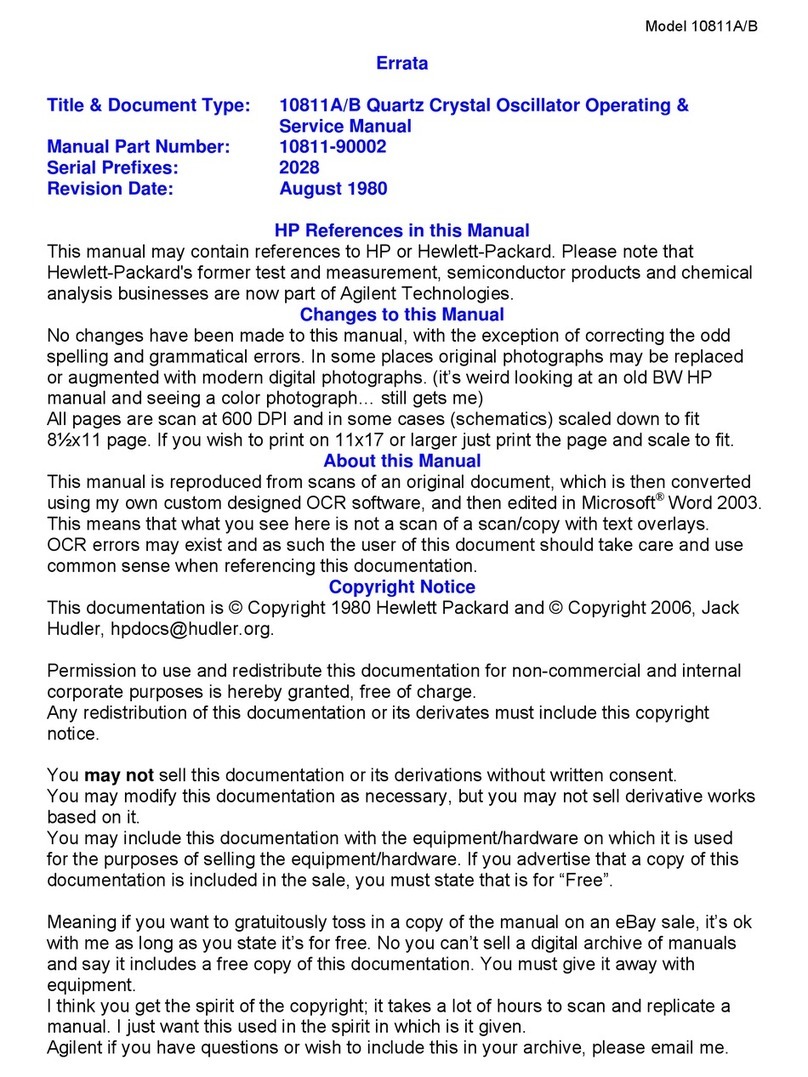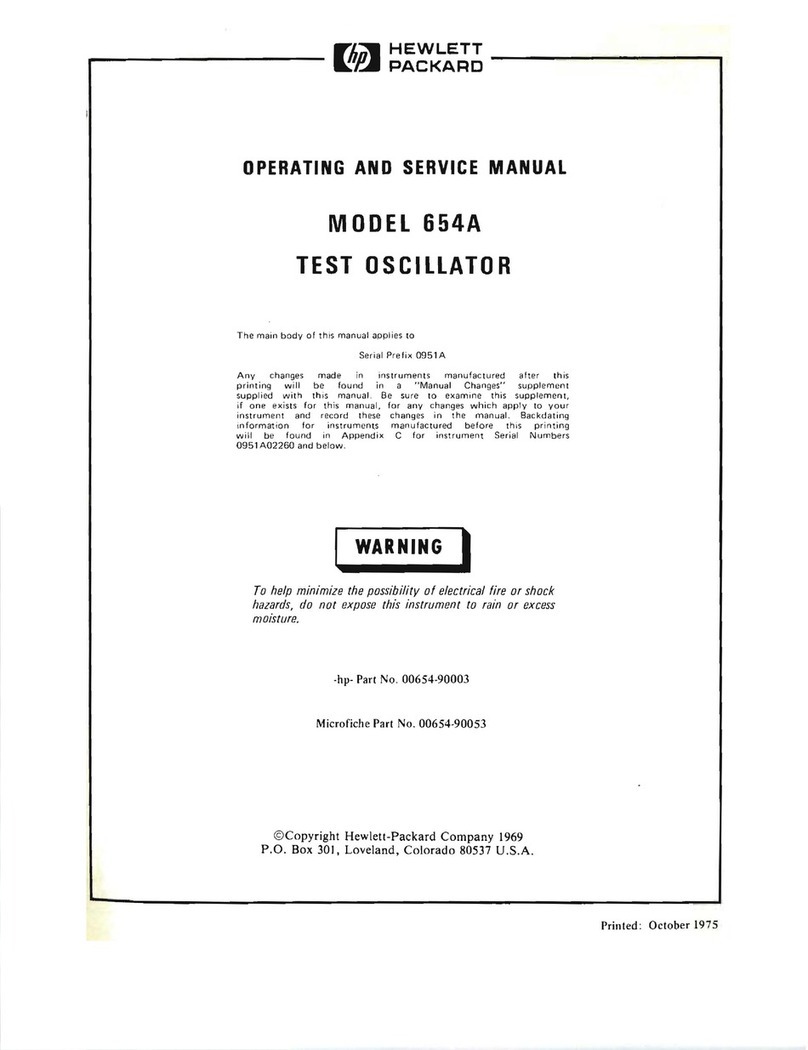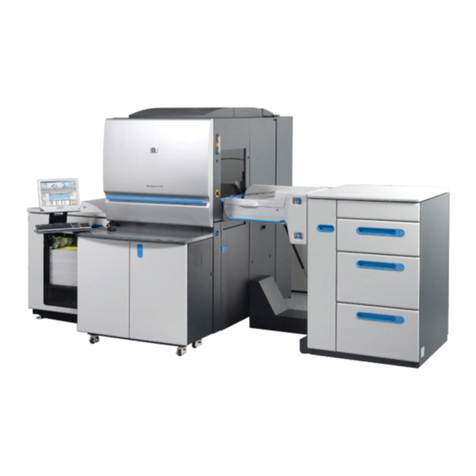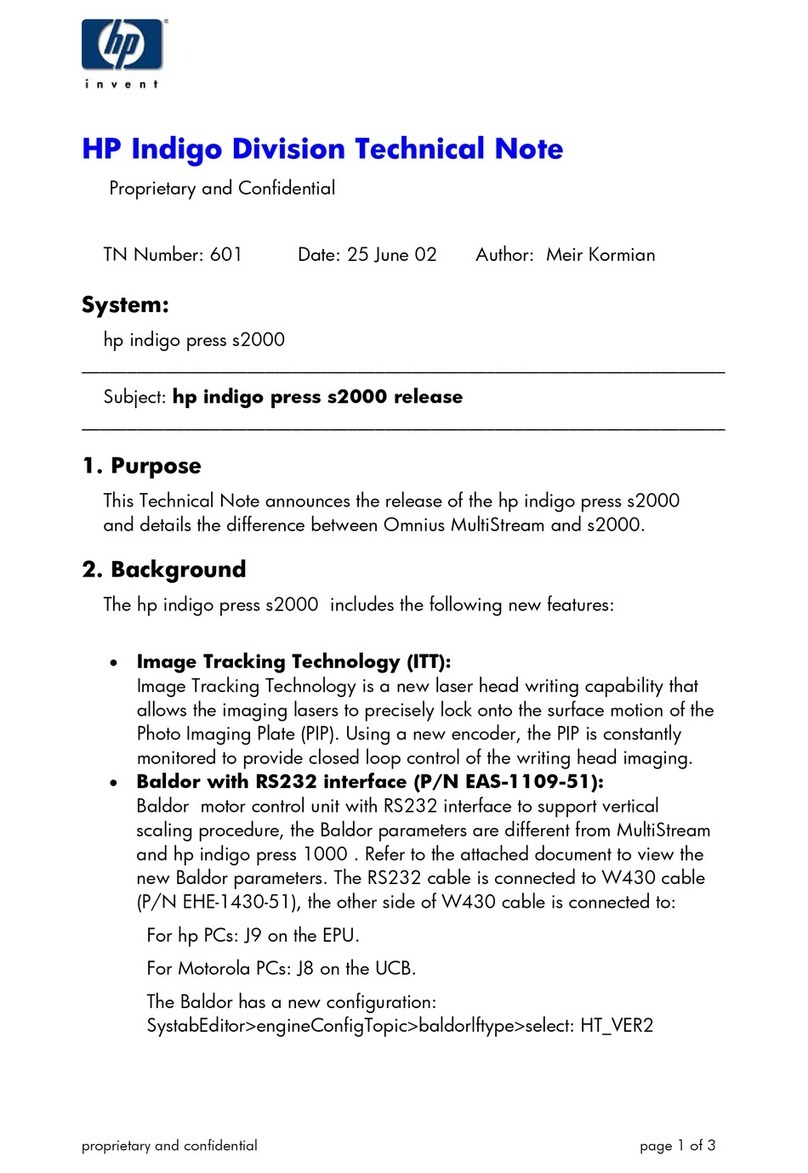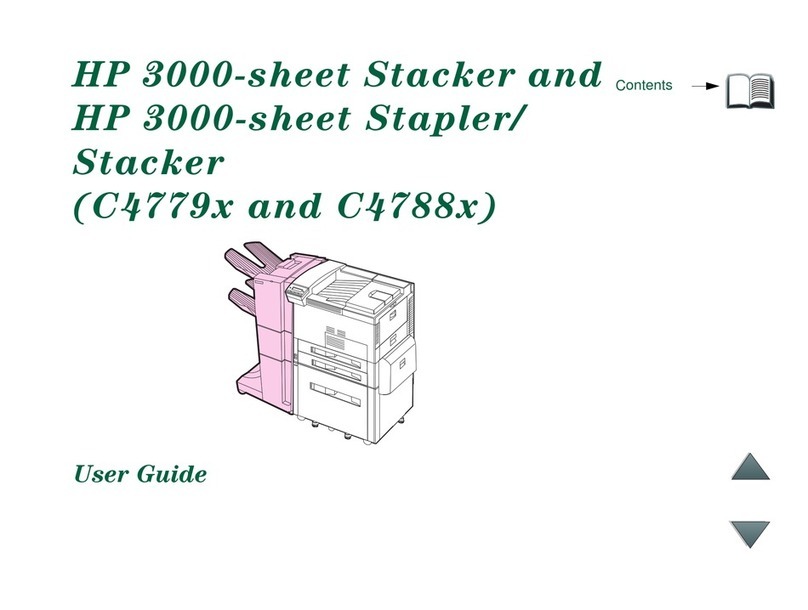
Model209A
SECTION
II
INSTALLATION
Section II
2-1.
INTRODUCTION.
2-2.
This
section
contains information and
instructions necessary for installing and shipping the
Model 209ASine/Square Oscillator. Included are
initial inspection procedures, power and grounding
requirements,
installation
information, and
instructions for repackaging for shipment.
2-3.
INITIAL
INSPECTION.
2-4. This instrument was carefully inspected
both
mechanically and electrically before shipment.
It
should be physically free
of
mars or scratches and in
perfect electrical order upon receipt. To confum this,
the instrument should be inspected for physical
damage that occurred in transit.
If
the instrument
was
damaged in transit, me aclaim with the carrier. Test
the electrical performance
of
the instrument using
Performance Checks outlined in Section V.
If
there
is
damage or deficiency,
see
the warranty on the inside
front cover
of
this manual.
2-5.
POWER
REQUIREMENTS.
2-6. The standard Model 209A will operate from any
source
of
115 or 230 volts (+/-10%), at 48 to 440 Hz.
With the instrument disconnected from the ac power
source, move the voltage selector switch (located on
the rear panel) so the designation appearing on the
switch matches the voltage
of
the power source
to
be
used. Power dissipation
is
less than 7watts.
2-7.
GROUNDING
REQUIREMENTS.
2-8. To protect operating personnel, the National
Electrical
Manufacturers Associatfon (NEMA)
recommends that the instrument cabinet be
grounded. The standard Model 209A
is
equipped with
athree-conductor power cable which, when plugged
in
to
an
appropriate receptacle, grounds the
instrument. The offset pin on the power cable
three-prong connector
is
the ground connection.
2-9. To preserve the protection feature when
operating the instrument from atwo-contact outlet,
use athree-prong
to
two-prong adapter and connect
the green pigtail on the adapter
to
earth ground.
2·10.
INSTALLATION.
2-11. The Model 209A
is
fully transistorized;
therefore, no special cooling
is
required. However, the
instrument should not be operated where the ambient
temperature exceeds
55
0C(1310F).
2-12.
BENCH
MOUNTING.
2-13. The Model 209A
is
shipped with plastic feet
and tilt stand in place, ready for use
as
abench
instrument.
2-14.
RACK
MOUNTING.
2-15. The Model 209A may be rack mounted by
using an adapter frame (-hp- Part No. 5060-0797).
The adapter frame
is
arack frame that accepts any
combination
of
-hp- submodular units.
It
can be rack
mounted only. For additional information, address
inquiries
to
your -hp- Sales and Service office. (See
Appendix Bfor office locations.)
2-16.
COMBINATION
MOUNTING.
2-17. The Model 209Amay be mounted in
combination with other submodular units
by
using a
Combining
Case
(-hp- Model 1051A or 1052A). The
Combining
Case
is
afull-module unit which accepts
various combinations
of
submodular units. Being a
full-module unit, it can be bench or rack mounted
and
is
analogous to any full-module unit.
2-18.
REPACKAGING
FOR
SHIPMENT.
2-19. The following paragraphs contain ageneral
guide for repackaging
of
the instrument for shipment.
Refer to Paragraph 2-20
if
the original container
is
to
be used;
2-21
if
it
is
not.
If
you have any questions,
contact your local -hp- Sales and Service Office. (See
Appendix Bfor office locations.)
2-1
www.HPARCHIVE.com
